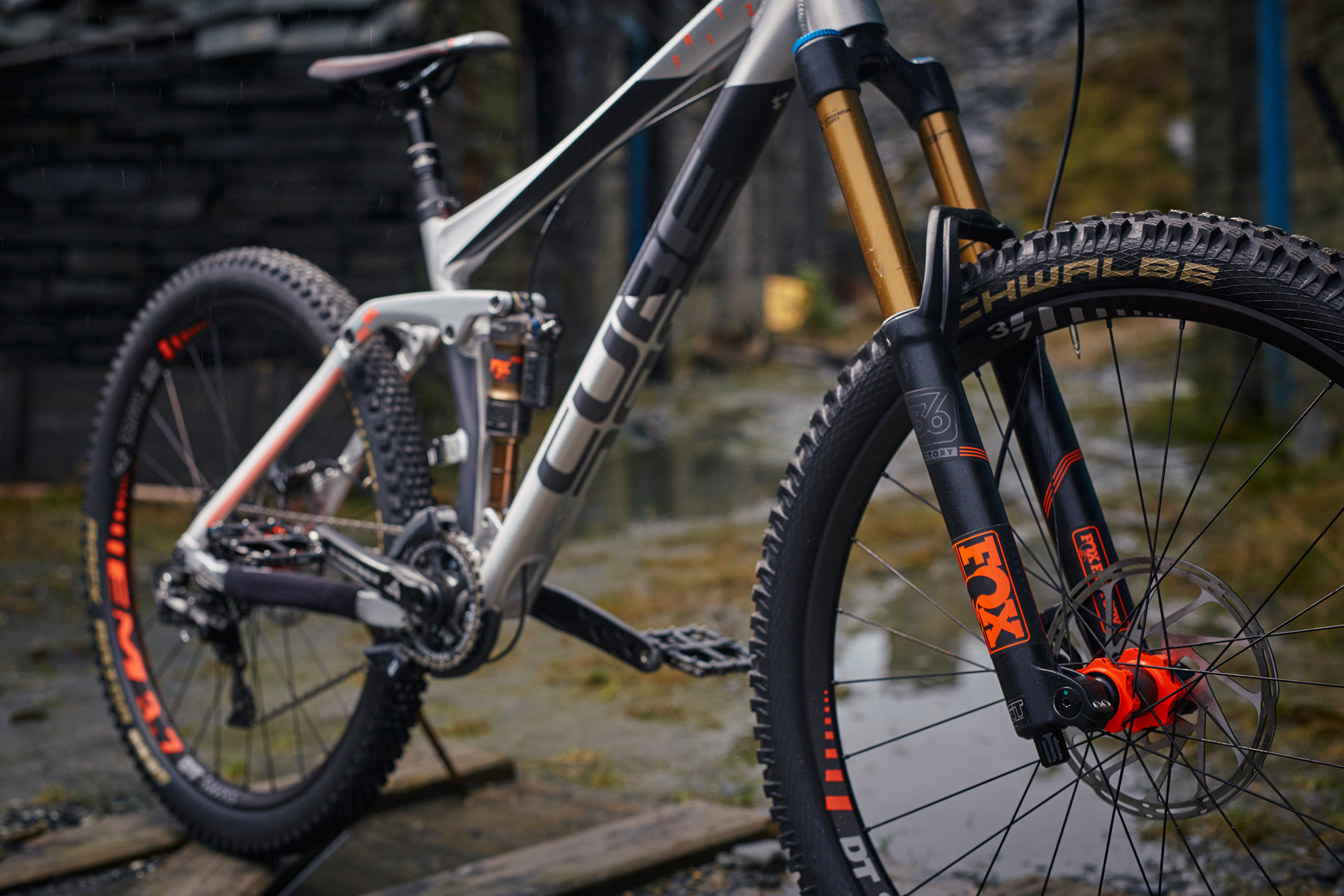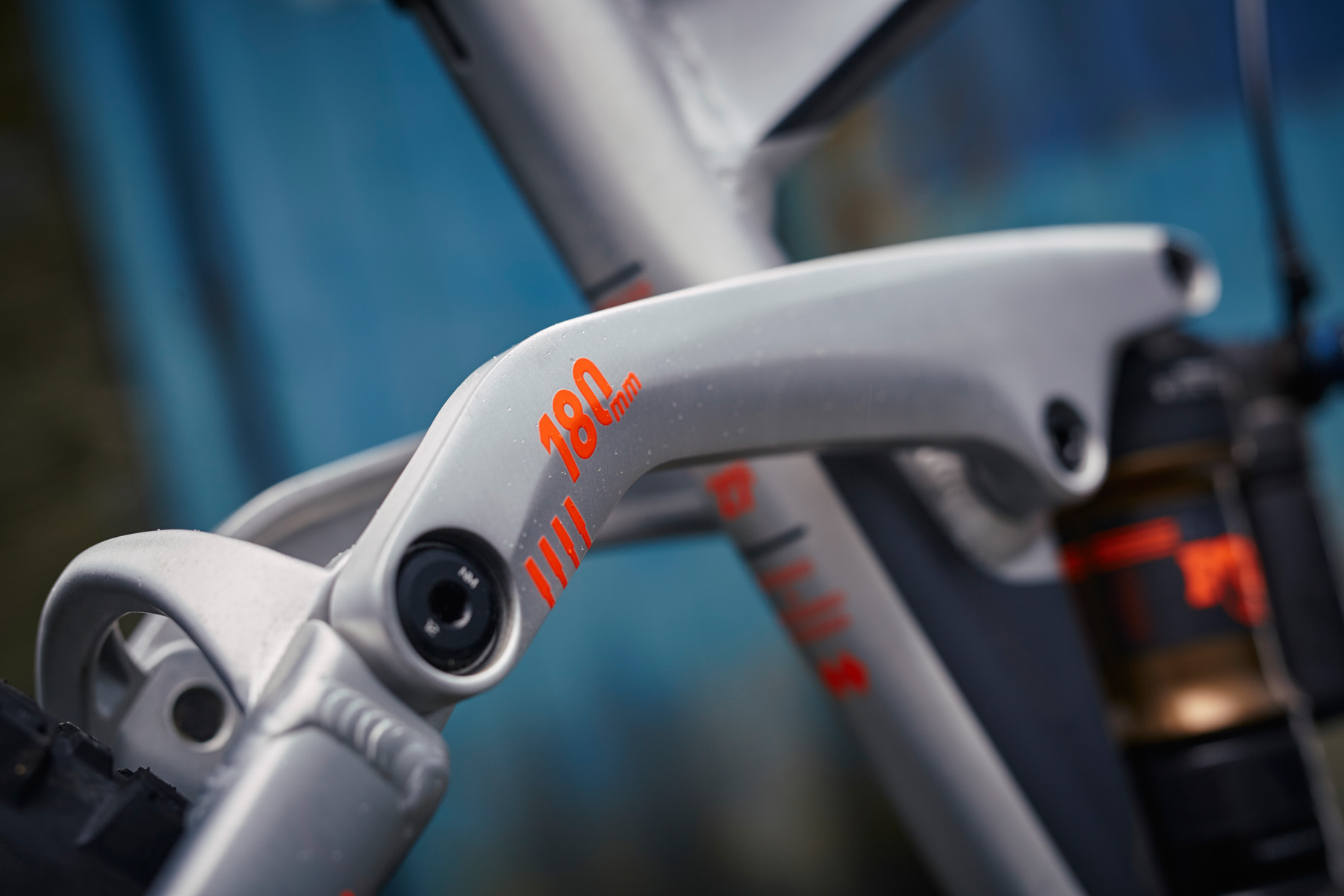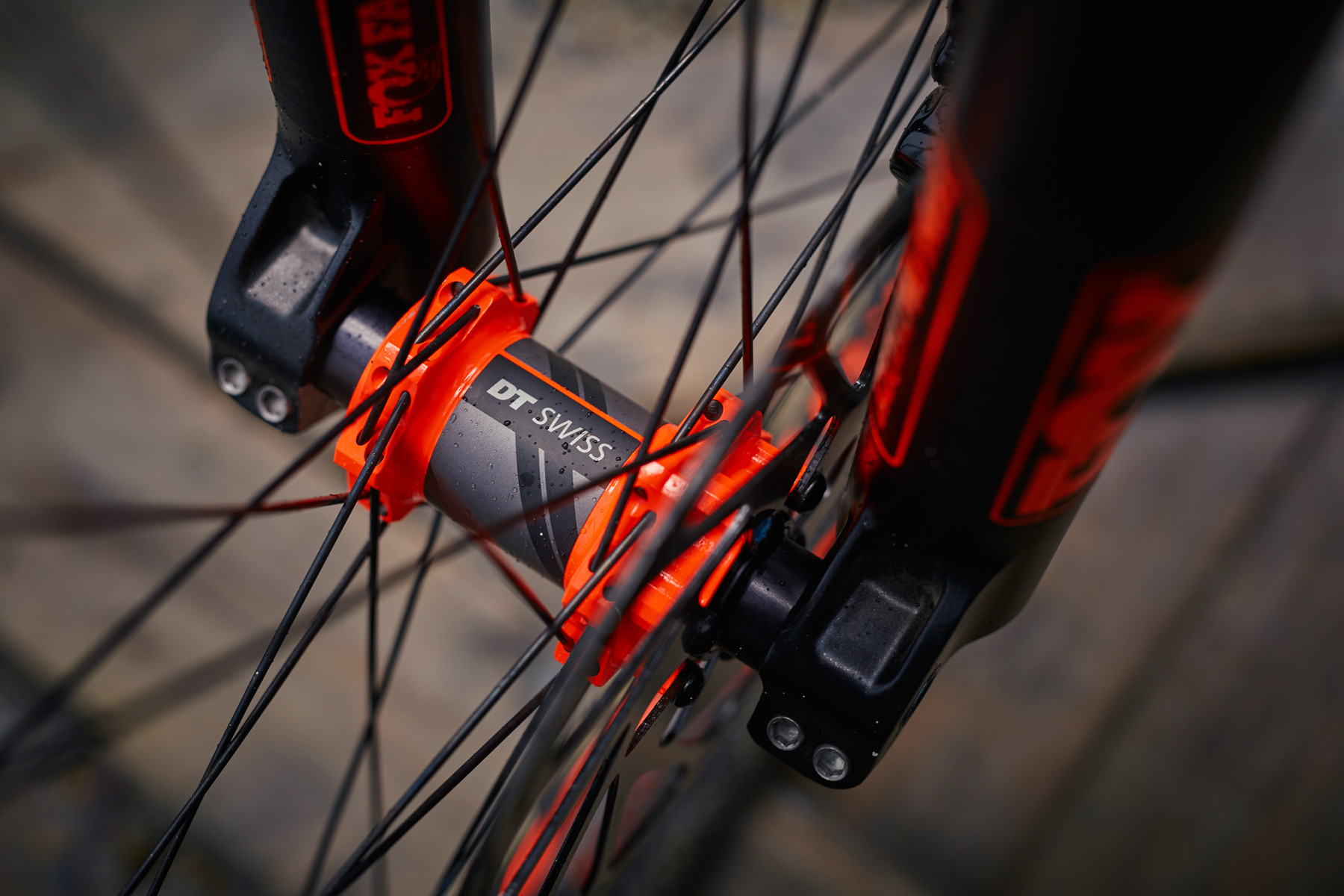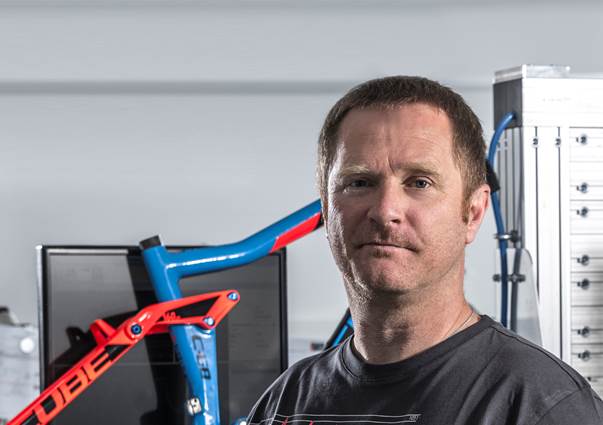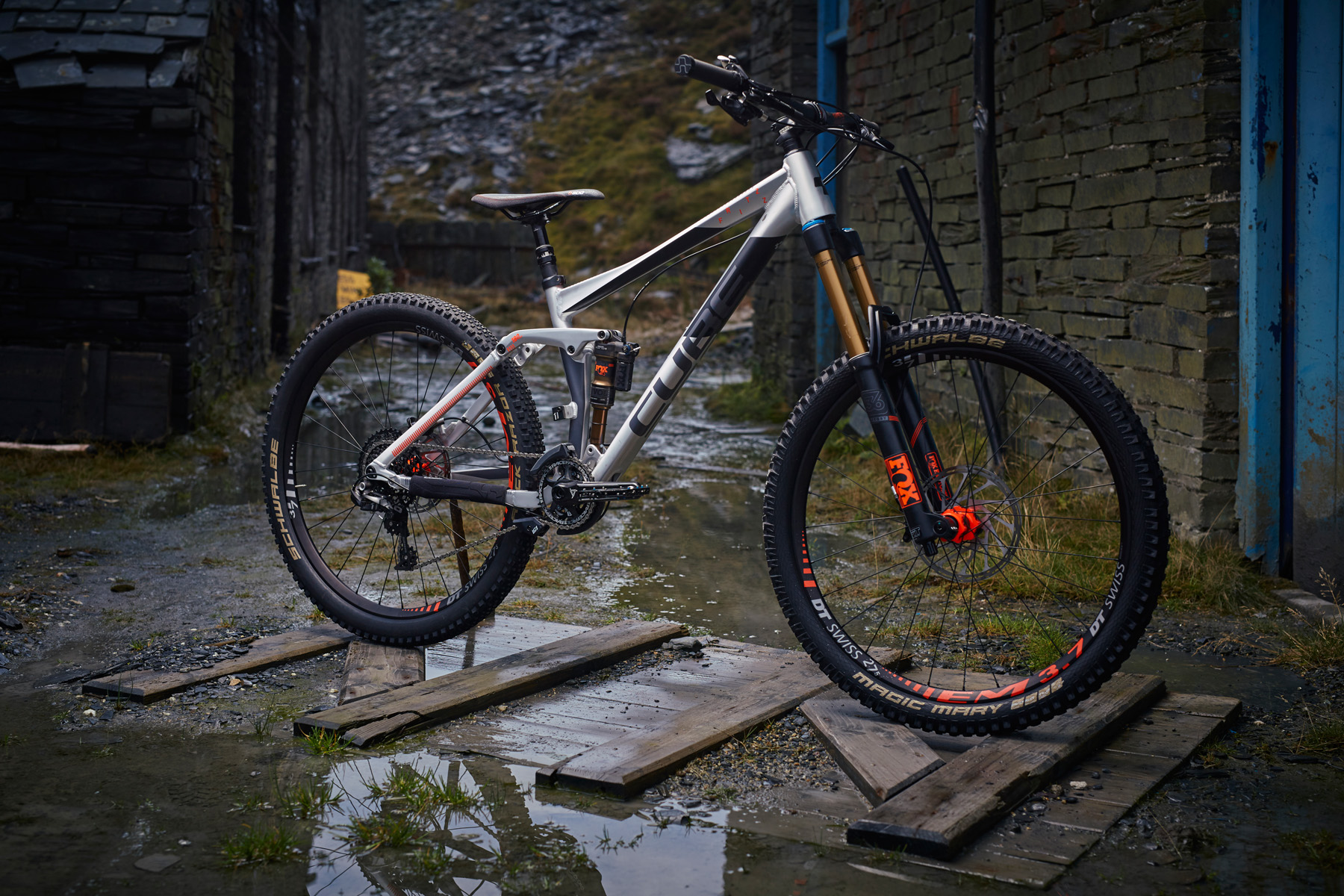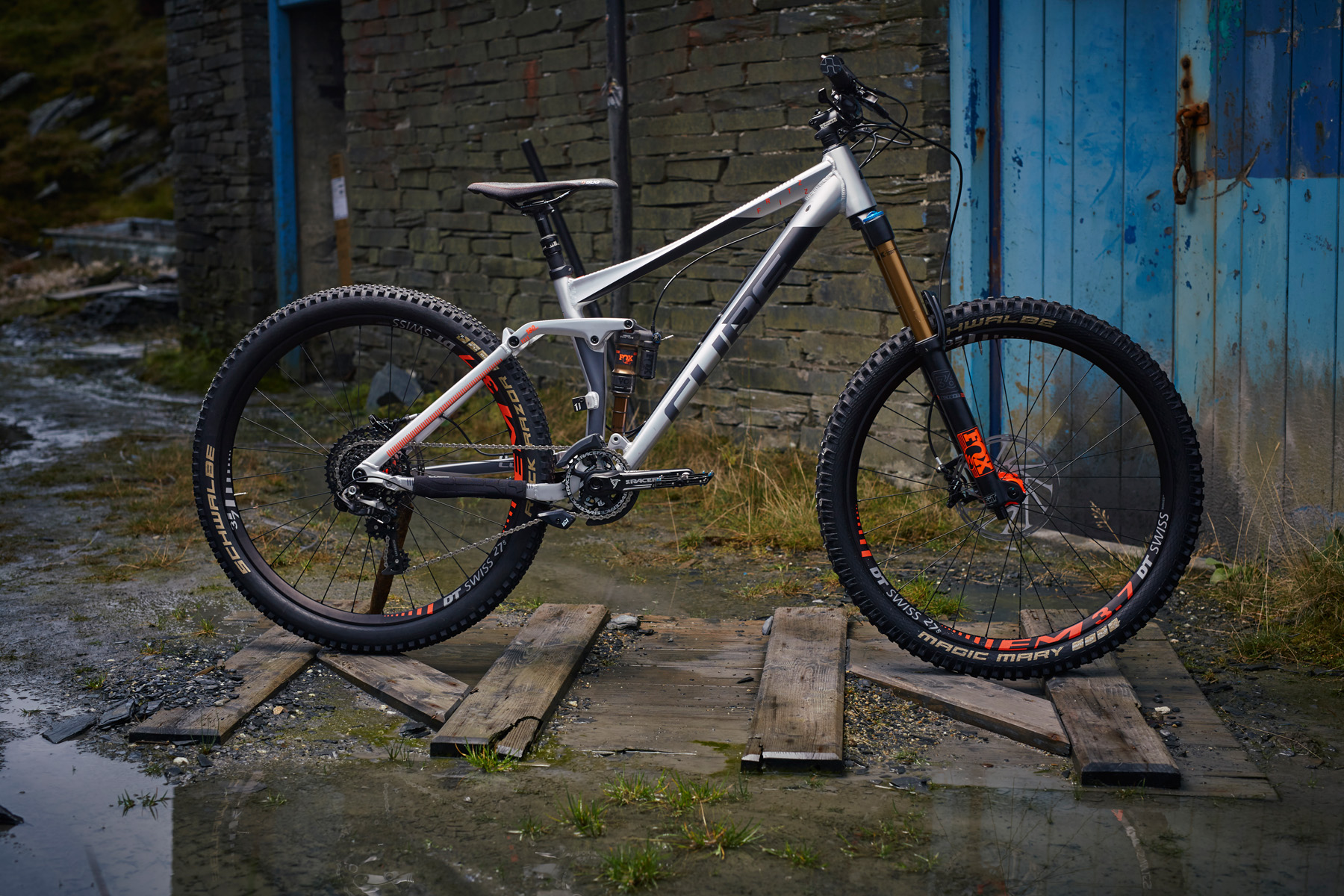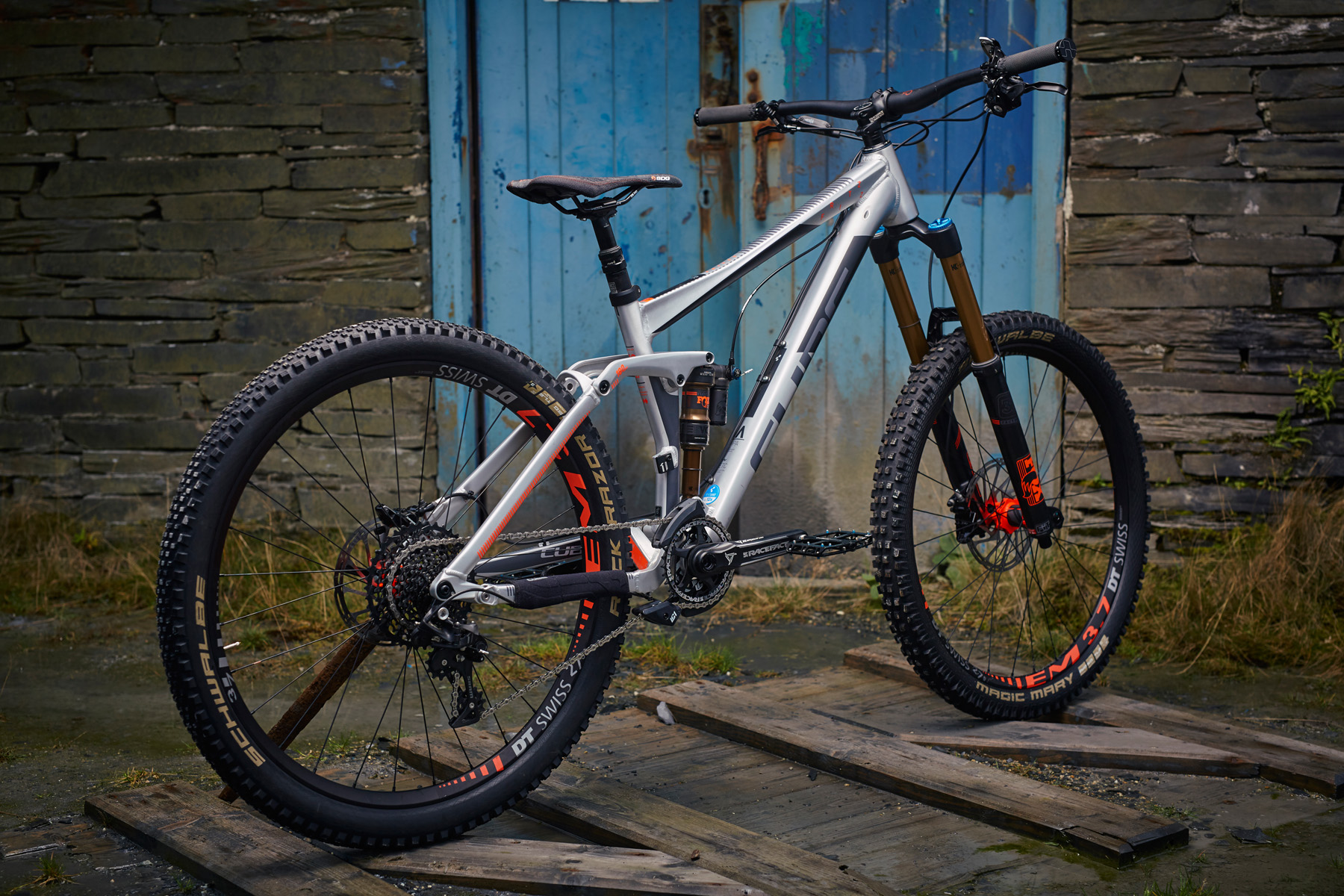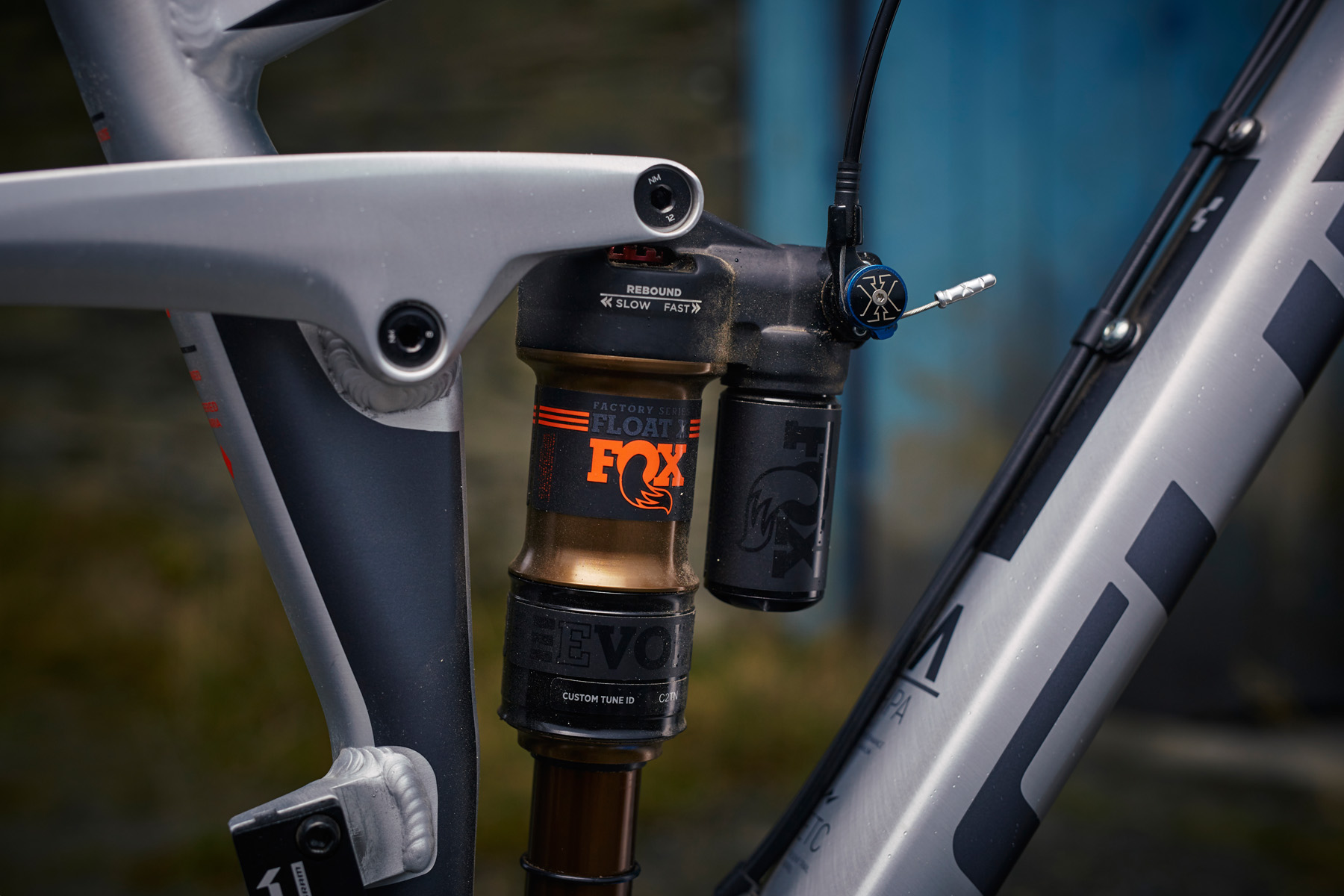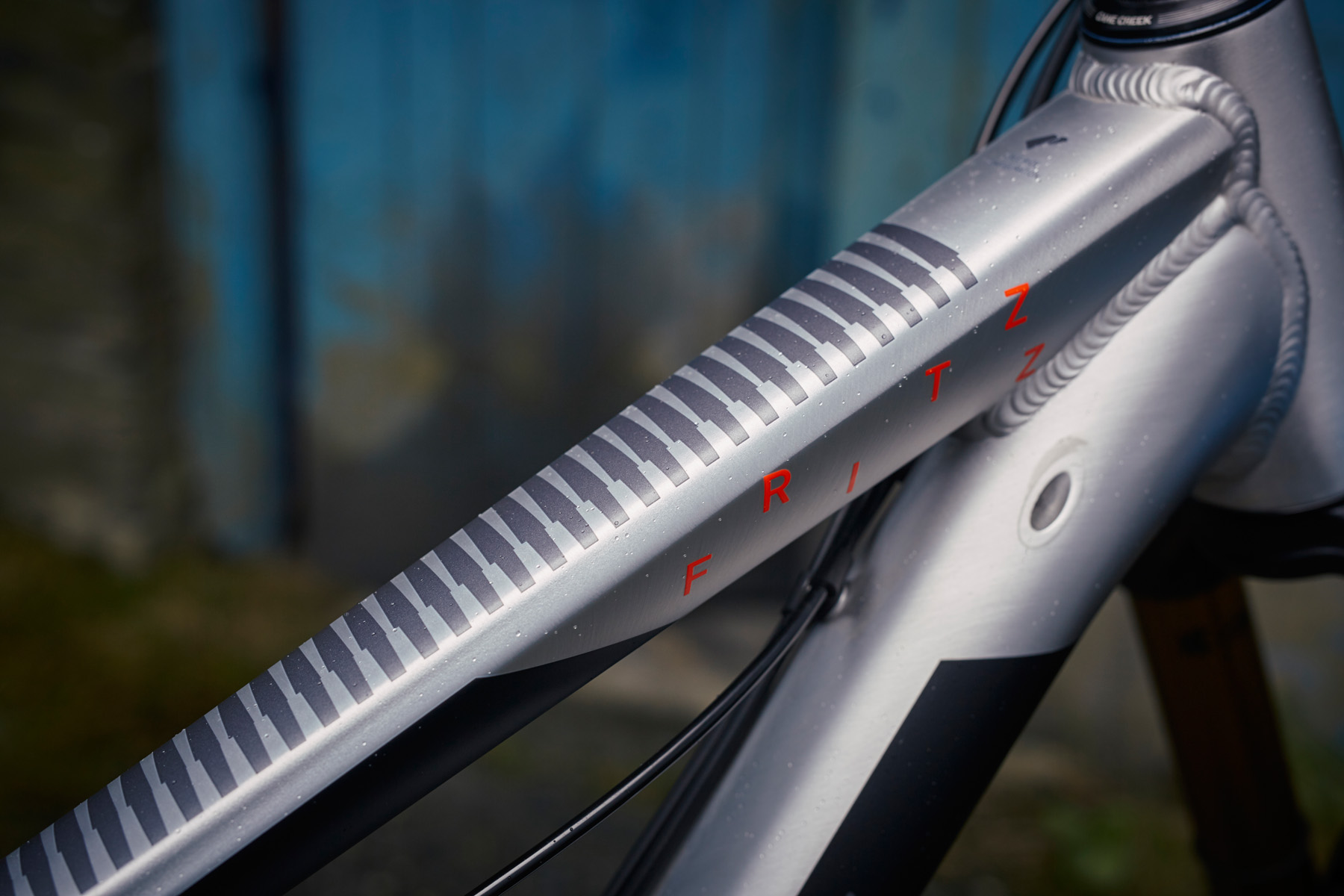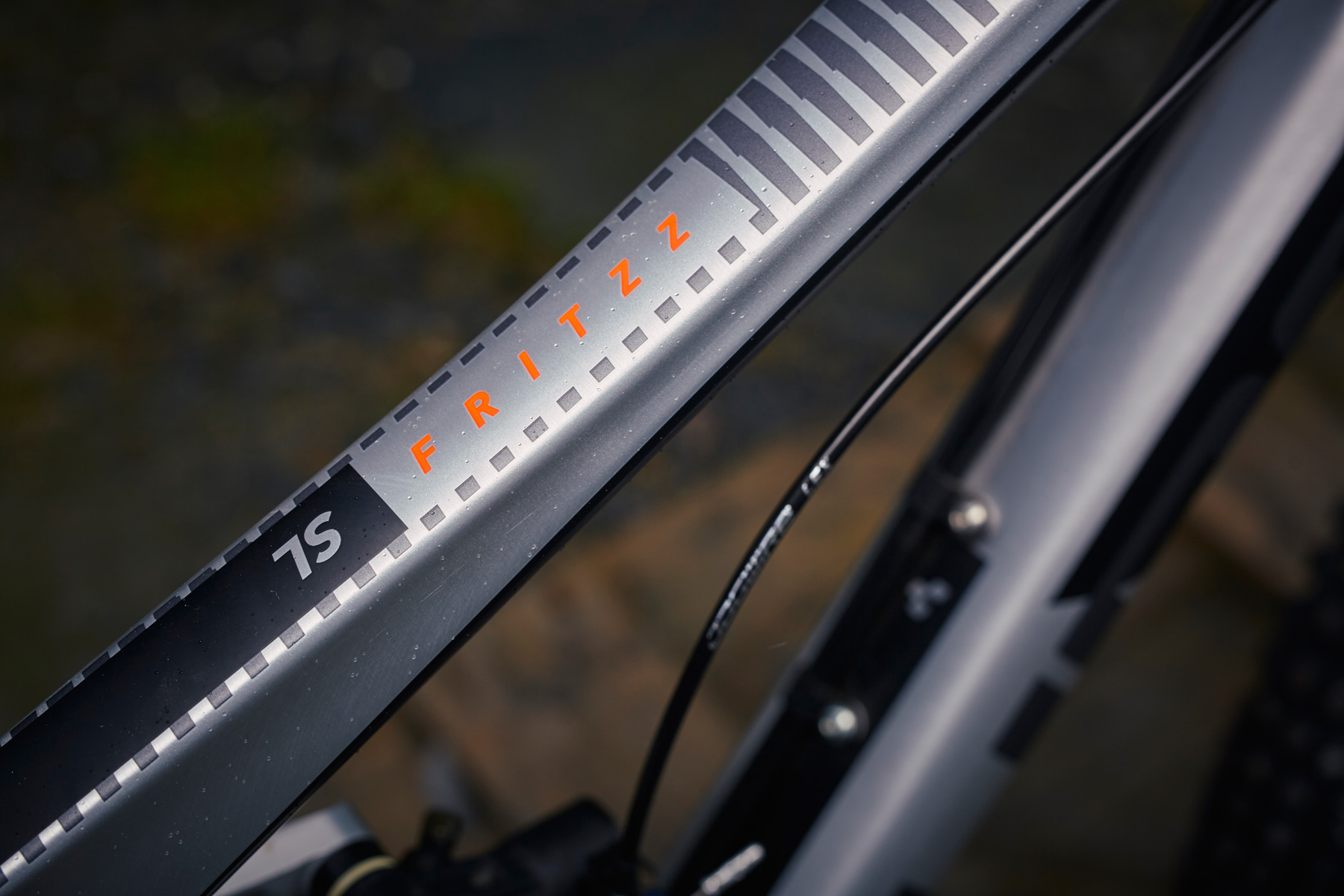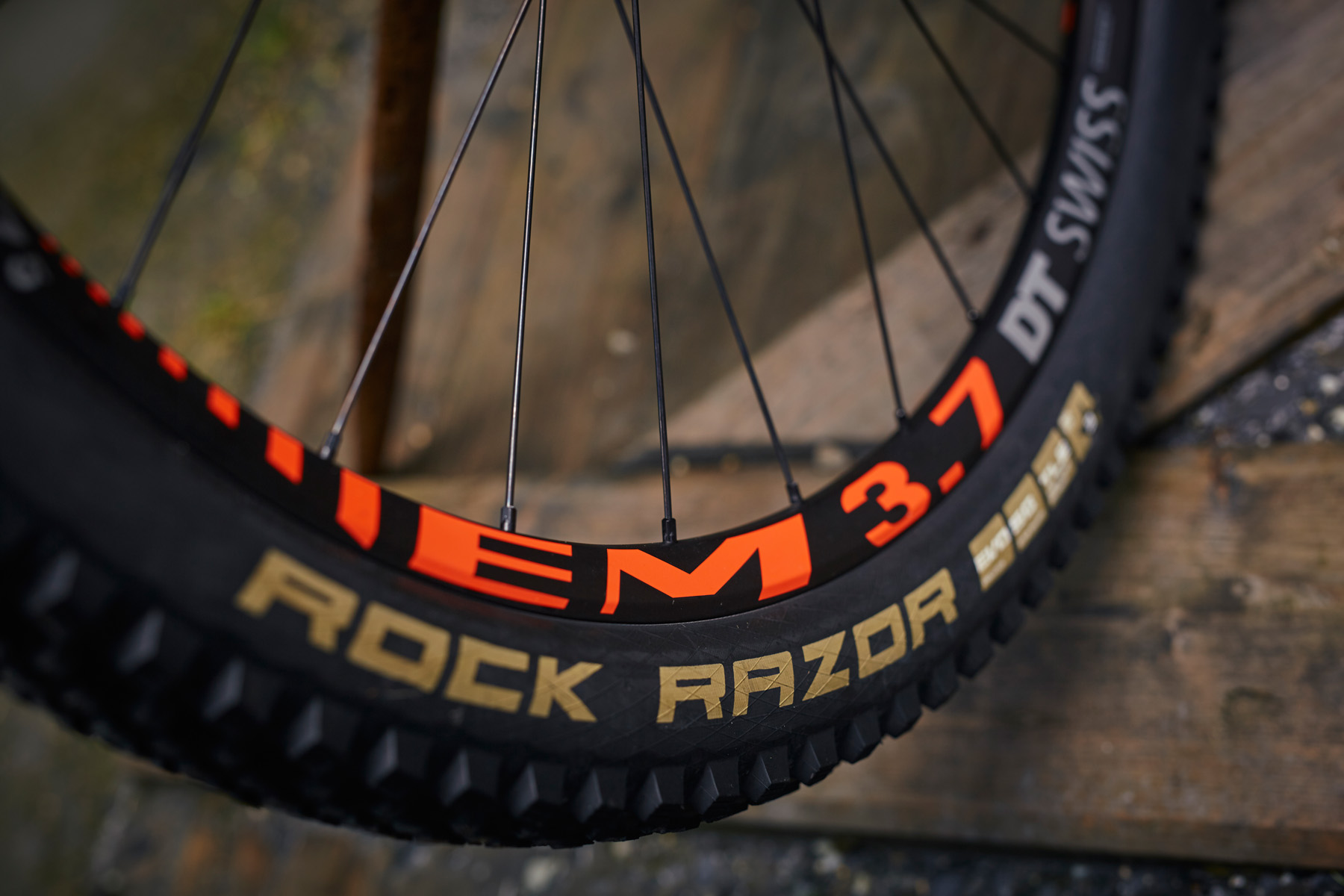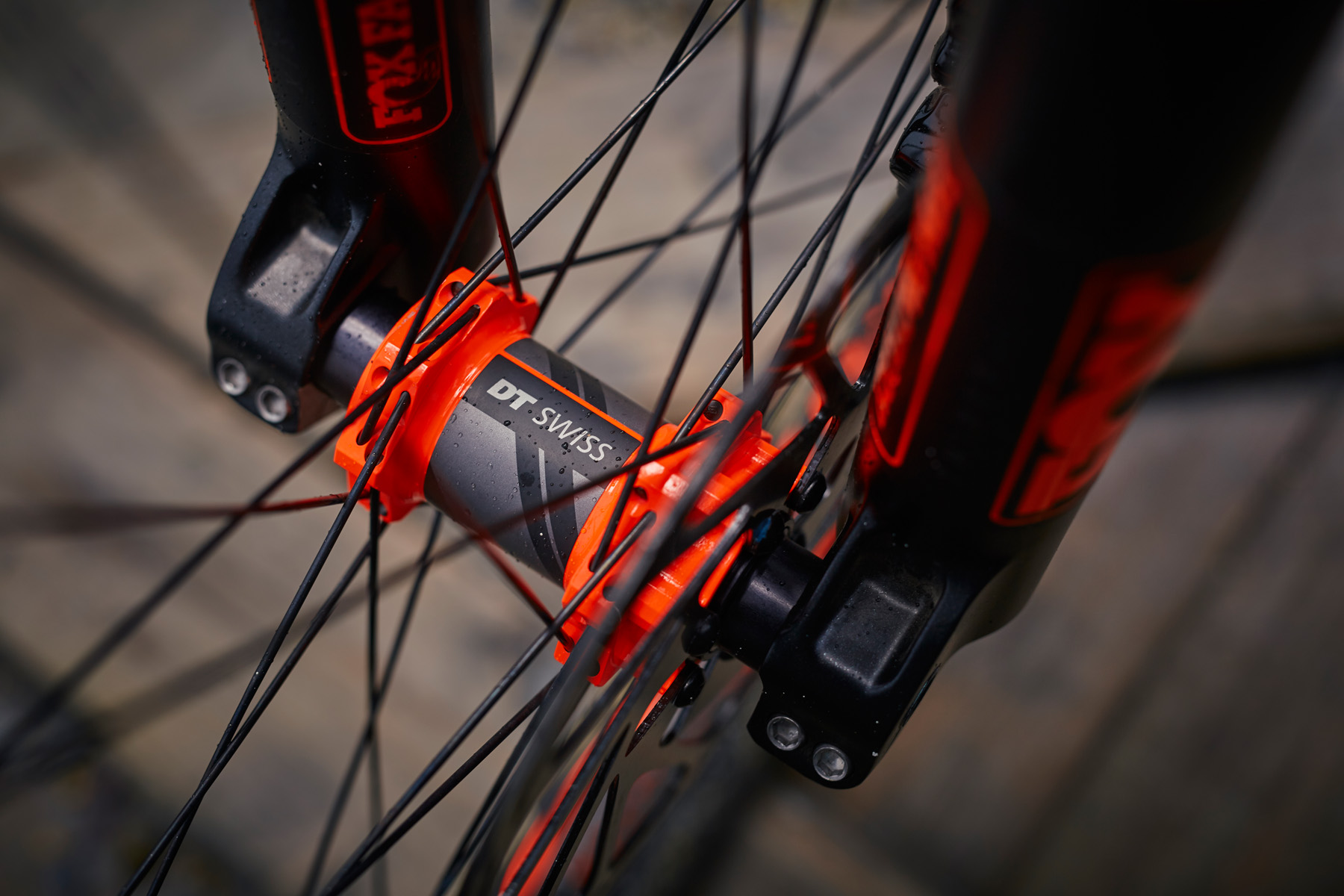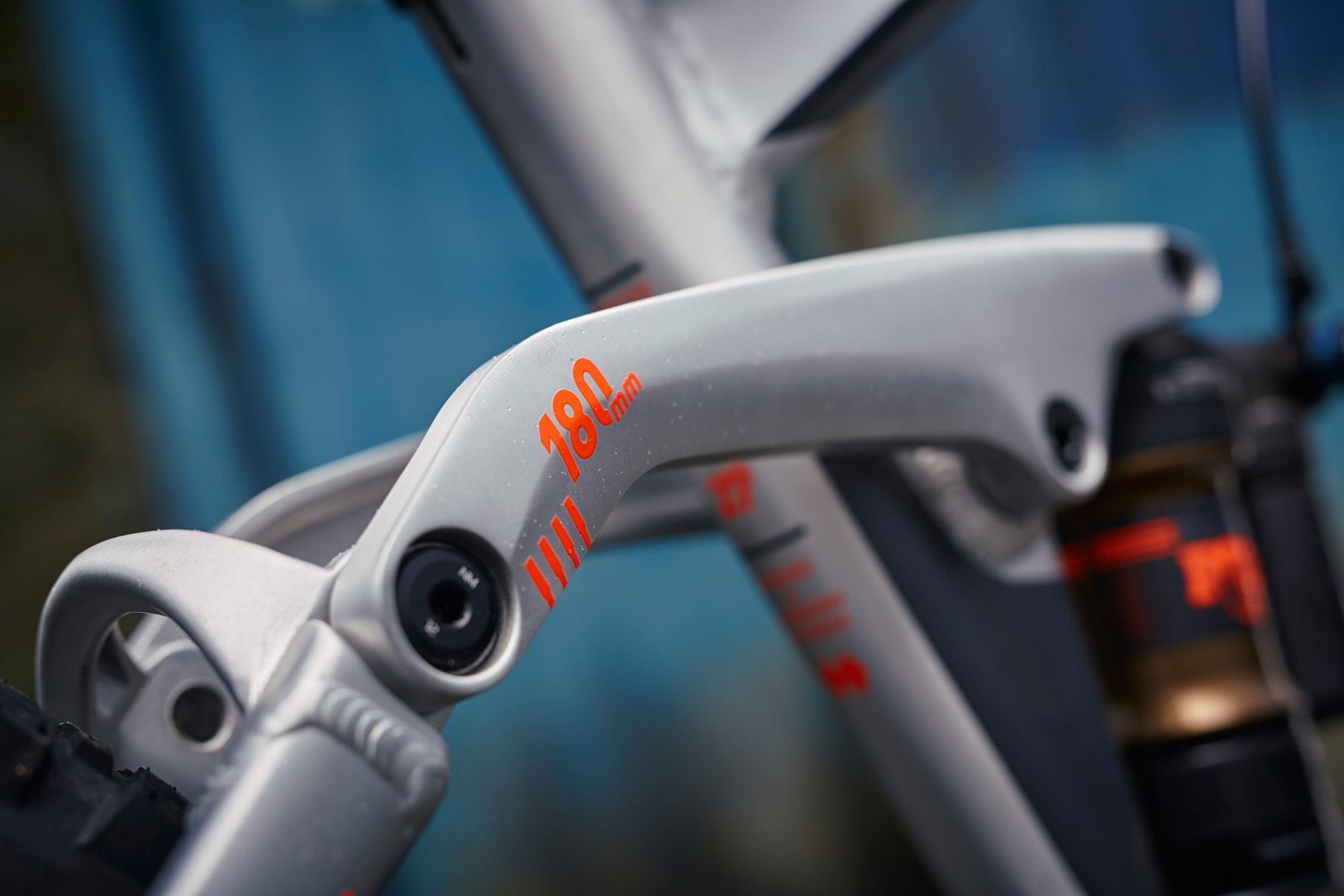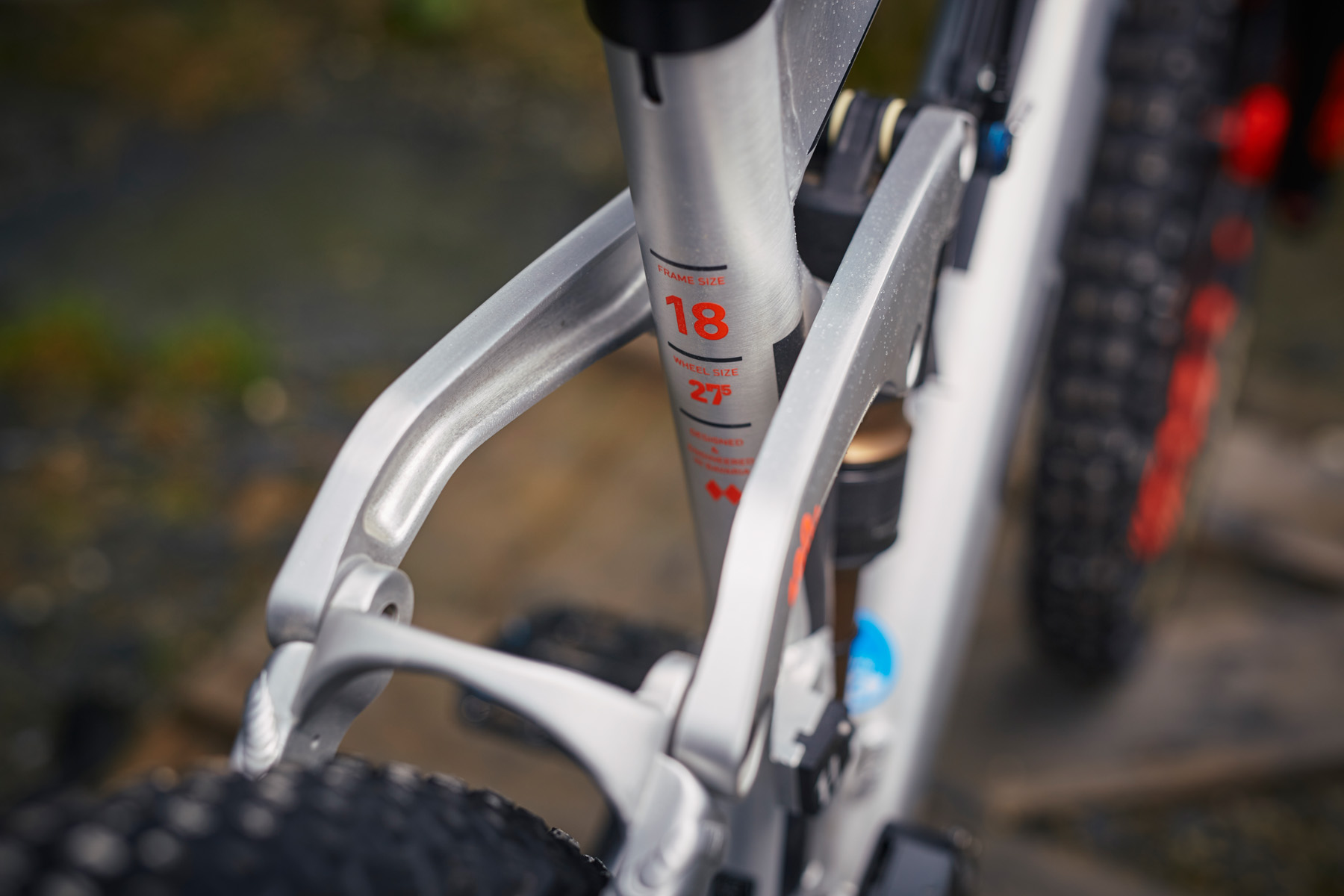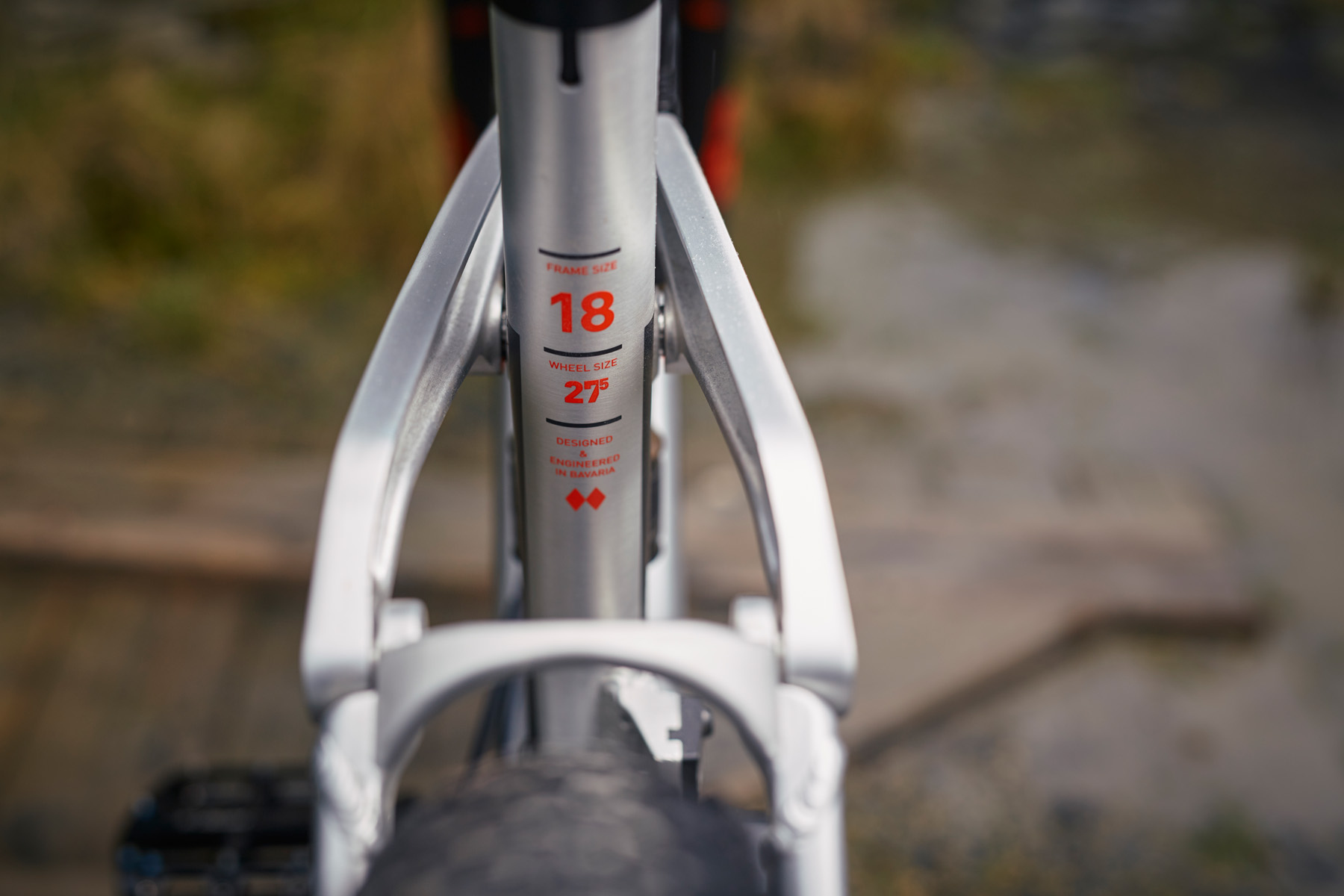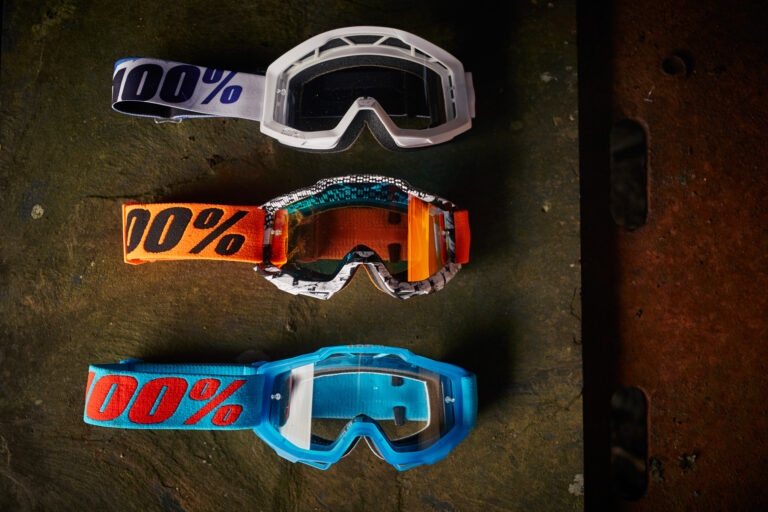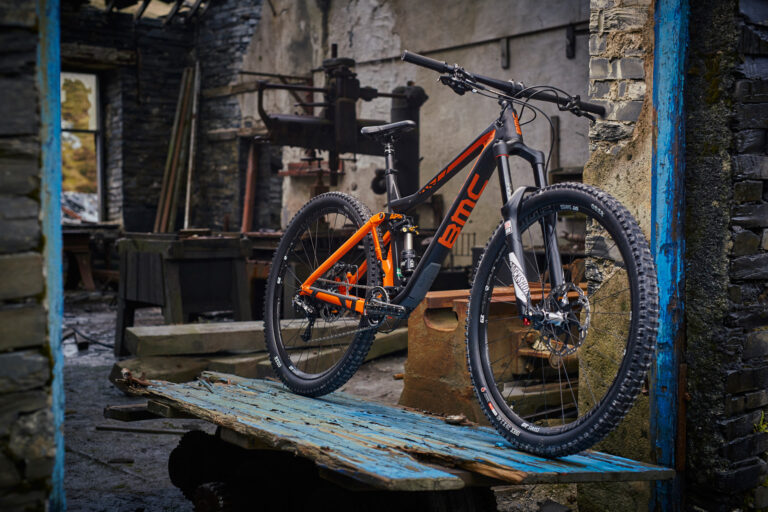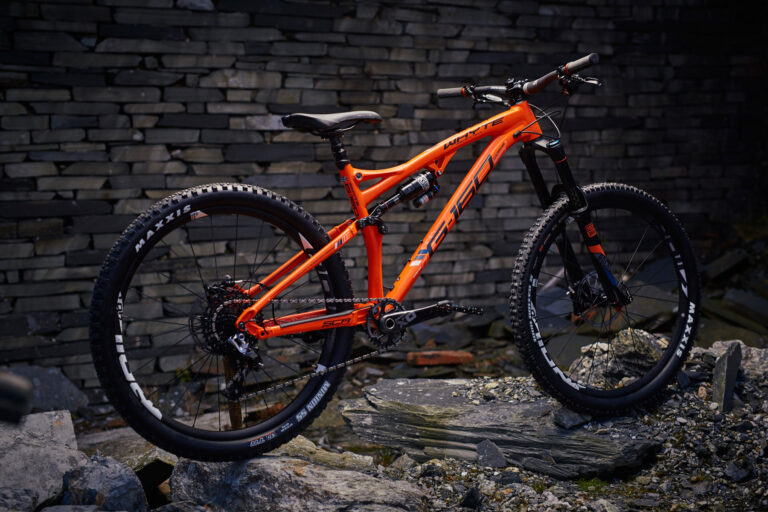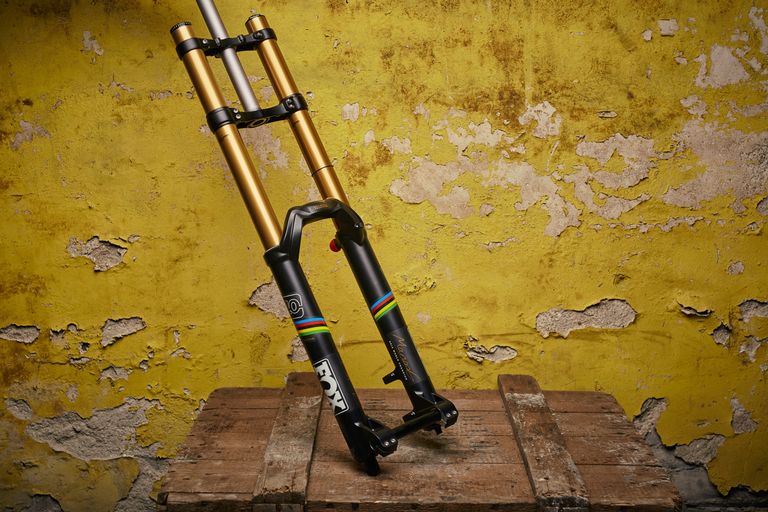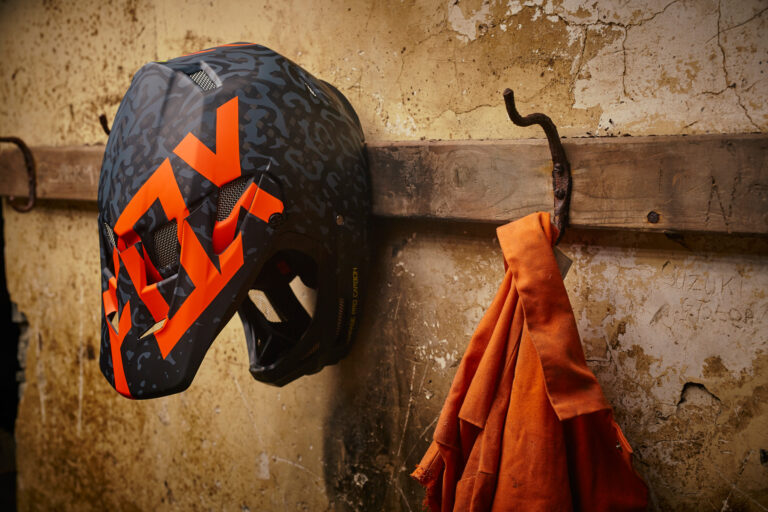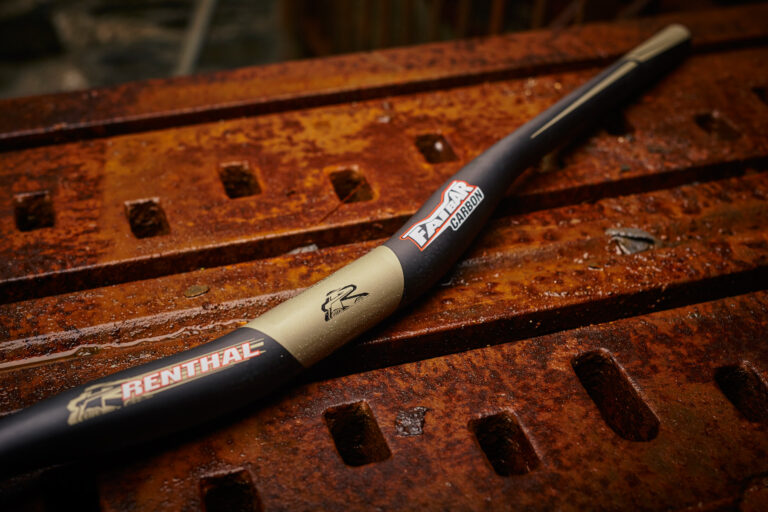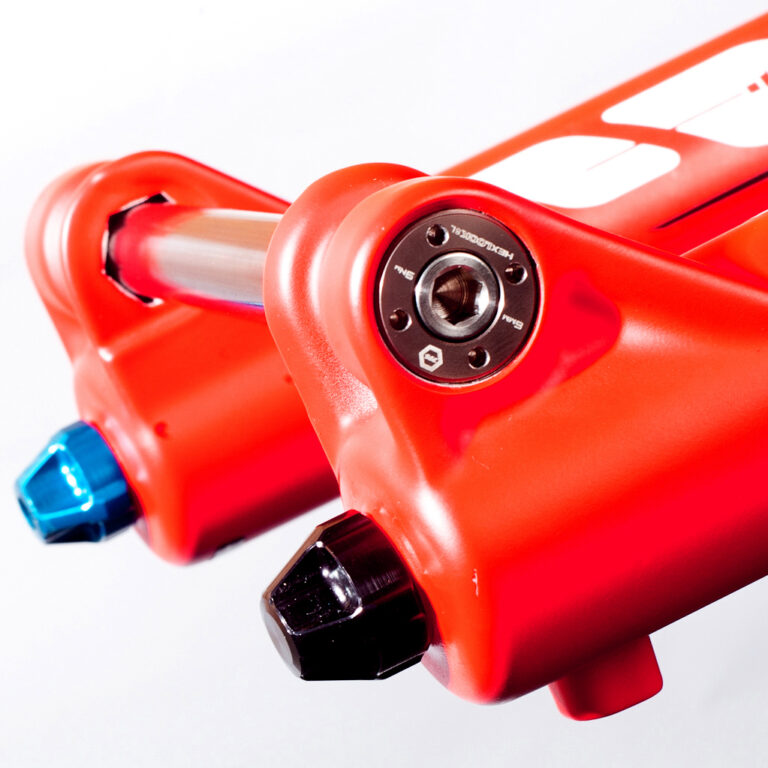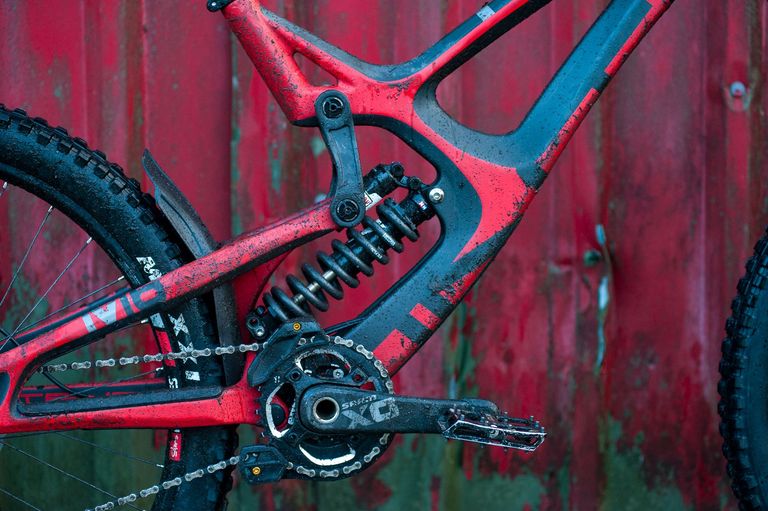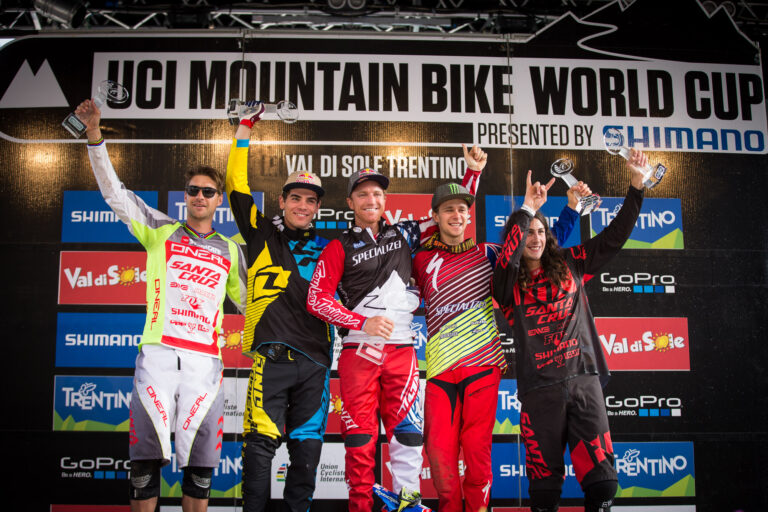YOU DIDN’T KNOW THIS BUT…
Michael Prell. R&D. Cube

The name Fritzz was derived from a colleague here who’s nick name was “Fritz Brause” (Brause is an old fashioned drink; I think you call it sherbert). The double Z was simply to be safe if somebody would have rights on the name Fritz in the same product category. And it should have been German name at that time.
Historically the bike Hanzz was the first one with double z in the end. This one was planned first as a Franz but the name Franz was registered in nearly all categories by Franz Beckenbauer (famous German football player). That was the reason why we took Hans as an alternative and made HANZZ to be safe on the name rights side.
It is the same idea that made the double z in FRITZZ which simply was another bike model within our old dual trail models (Sting, Stereo and Fritzz). So we kept the name for the Fritzz 180 which should combine the riding performance of a Hanzz and a Stereo as a super enduro bike. Uphill like a pretty good enduro, but down the hill even better…..like a mini DH bike.
“the name Franz was registered in nearly all categories by Franz Beckenbauer”
Due to requests and especially due to the advantages of the “new” wheelsize a new Fritzz 180 650B was made. This was planned as “that” Superenduro. Pedalling uphill similar to the Stereo 160 650B but offering more travel and down the hill a better DH performance similar to a mini DH bike. Geometry was changed to a more modern one. Longer reach, steeper seat tube angle, shorter rear end, the rider more centred between the wheels.
Considering the kinematics it should offer more support than the Stereo offers and by that more fun in jumping and riding berms/corners than with the Stereo 160. Besides that it should be lightweight and really strong. A bike you can use everywhere, all mountain, trail and even in a park. A Superenduro.
The videos I attached show the performance of the frame during our in house front impact test. According to the test criteria a frame has normally to pass at least an impact with an energy of 150 Joules. At Cube we want at least 3x150Joules.
The stop criteria is either a deformed frame or a deformation or bending in the fork (front hub is closer to the BB by 45 mm). Here the frame had no problem and we went on with the test up to 420 Joules. And there was nothing on the frame, only the fork was bent. In most cases we have to stop the test due to a too strong bending on the fork.
So we once wanted to find out what the 150 Joules represent in normal life (and this is a funny but true story):
A rigid fork on a commuter bike always failed on the testing machine. So we tried to find out the speed somebody has to ride against a wall to get the same damage. Here lots of energy also goes into the deformation of the front wheel. So one of my colleagues was equipped with some safety gear and helmet and he had to ride against the wall. He has not the best eyes so it was not a really big thing for him and he did it by choice. We found the same failure with a speed of 15 km/h.
So hitting the frame/front hub with 420 Joules shows that the frame is really, really strong. The video with 60 Joules is the start of that test and there is always an increase of load by 30 Joules.
Any thoughts on the new Cube Fritzz? Let us know your thoughts.
see also
TRANSITION PATROL
ROCKY MOUNTAIN SLAYER 2017
SPECIALIZED S-WORKS ENDURO 29
TREK LAUNCH THE ALMIGHTY SLASH 29
WHYTE T-130 S YARI

